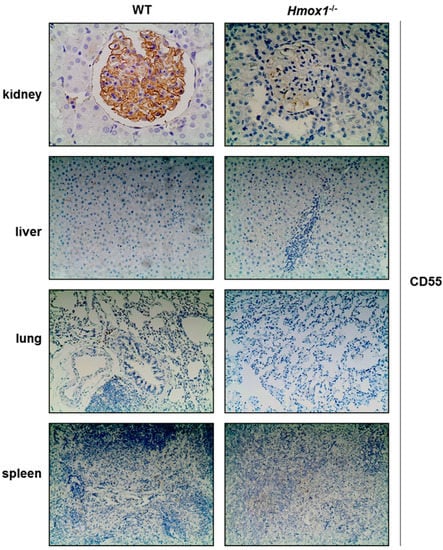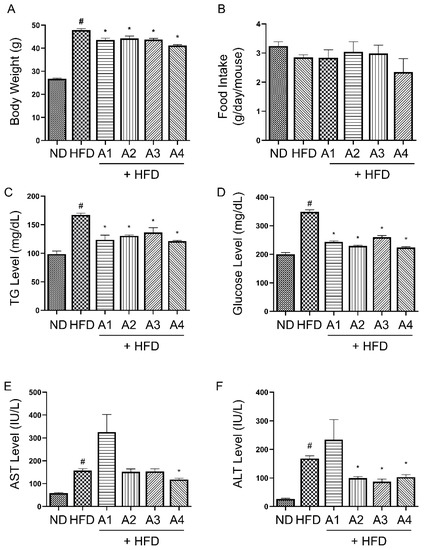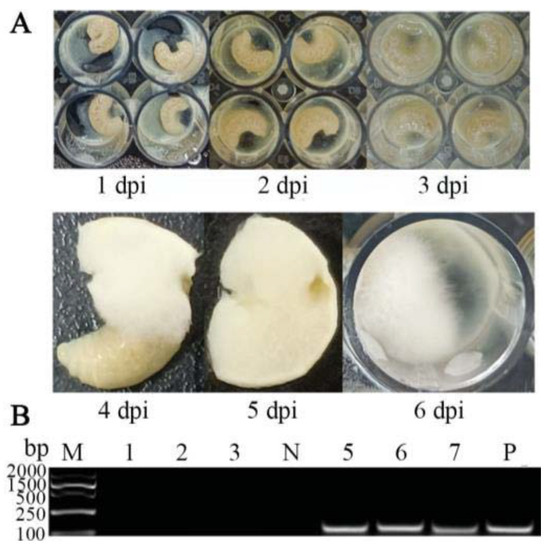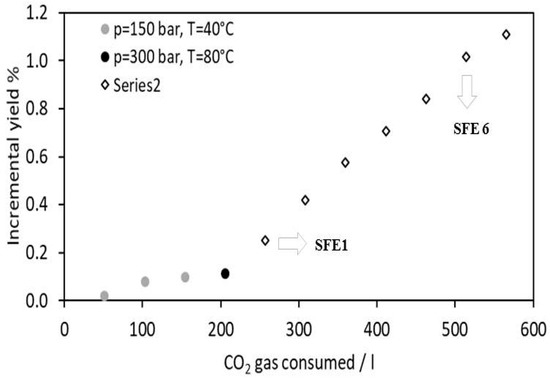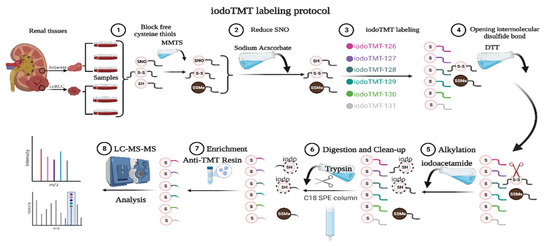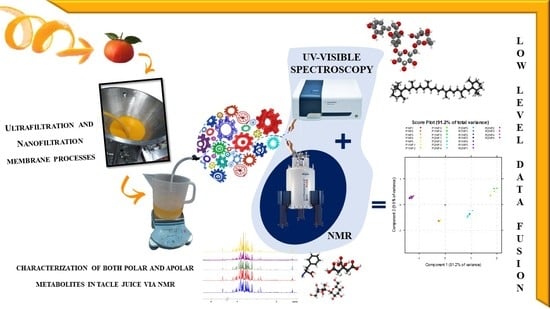1
Department of Nutrition and Health, China Agricultural University, Beijing 100193, China
2
The Key Laboratory of Geriatrics, Beijing Institute of Geriatrics, Institute of Geriatric Medicine, Chinese Academy of Medical Sciences, Beijing Hospital/National Center of Gerontology of National Health Commission, Beijing 100730, China
3
Department of Clinical Nutrition, Peking Union Medical College Hospital, Chinese Academy of Medical Sciences, Beijing 100730, China
4
The Second Affiliated Hospital, Zhejiang University School of Medicine, Hangzhou 310016, China
†
These authors contributed equally to this work.
Antioxidants 2023, 12(1), 62; https://doi.org/10.3390/antiox12010062 - 28 Dec 2022
Cited by 2 | Viewed by 2639
Abstract
Antioxidant minerals including zinc, copper and selenium play critical roles in the maintenance of the redox balance in the body. However, their influences on type 2 diabetes mellitus (T2DM) are still inconclusive in Chinese populations. To elucidate the relationship between antioxidant minerals and
[...] Read more.
Antioxidant minerals including zinc, copper and selenium play critical roles in the maintenance of the redox balance in the body. However, their influences on type 2 diabetes mellitus (T2DM) are still inconclusive in Chinese populations. To elucidate the relationship between antioxidant minerals and T2DM, serum zinc, copper and selenium concentrations were measured in 1443 Chinese urban residents using a 1:2 matched case-control study. Conditional logistic regression models (CLR) were used to obtain the odds ratios (ORs) and 95% confidence intervals (CIs), and restricted cubic splines (RCS) were used to examine their dose–response associations. Serum zinc (OR = 0.52 [0.35, 0.77]) and copper concentrations (OR = 0.25 [0.17, 0.37]) were negatively associated with T2DM in a fully adjusted model. An L-shaped zinc-T2DM association (Poverall association = 0.003, and Pnonlinearity = 0.005) and a negative linear copper-T2DM association (Poverall association < 0.0001, and Pnonlinearity = 0.395) were observed. No association was found between serum selenium and T2DM in fully adjusted CLR or RCS models. In addition, joint associations with T2DM were identified between serum zinc and copper and between serum selenium and copper. In conclusion, our study emphasizes the importance of an adequate intake of antioxidant minerals for T2DM prevention in the Chinese population.
Full article
(This article belongs to the Special Issue Trace Elements Metabolism and Oxidative Stress)
▼
Show Figures


